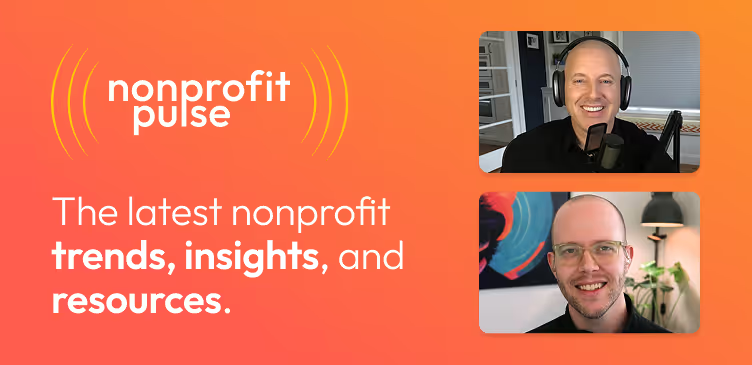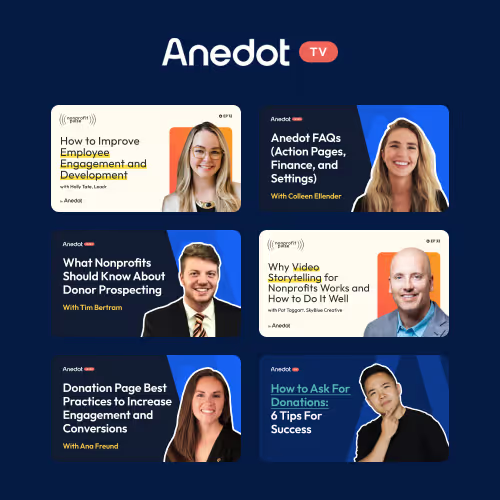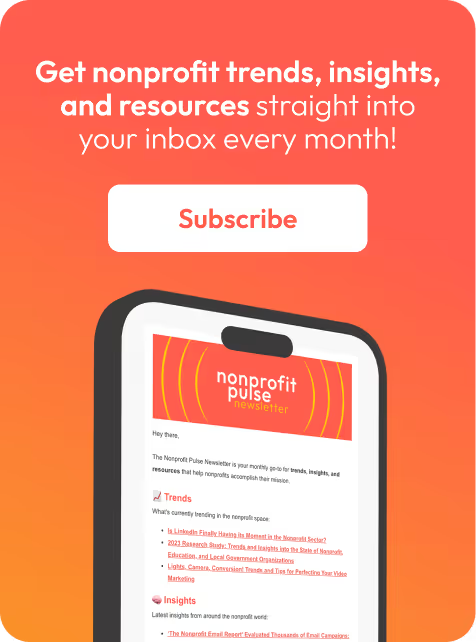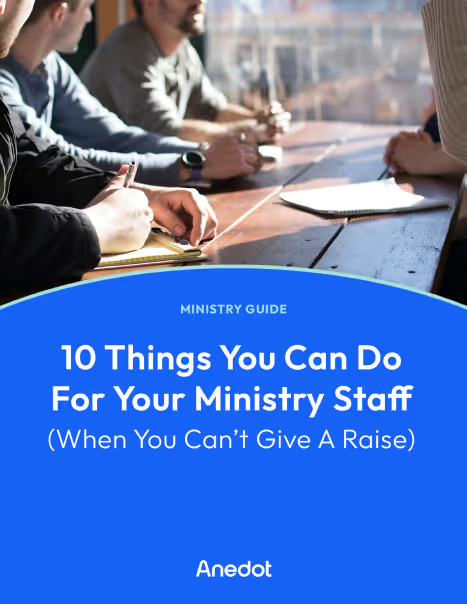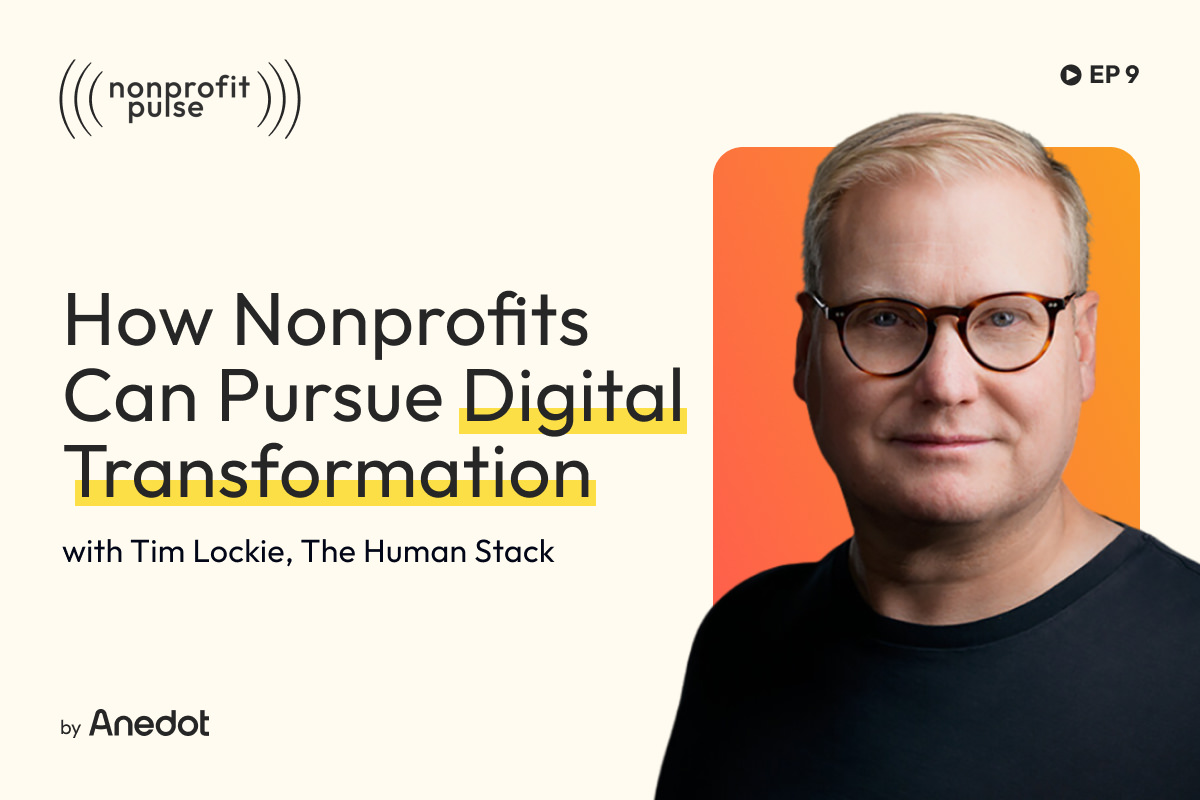Stories are everywhere. Every person is full of stories. The world is full of people, so it's saturated by the stories we have to tell.
If stories are living things, we humans are the ones that give birth to them. We’re also the ones who continue to give them life.
We keep stories alive by encountering them, absorbing them, and passing them along. Through listening to another person’s story, we give that narrative another mind to inhabit.
That’s how stories spread. That's how they achieve a wider reach than just the individual or group who experienced the story first-hand.
You see and treat others differently when you’ve heard their personal narrative. It helps you better understand them. Story Listening is one of the most powerful tools we have to serve others.
Why story listening is important

As a society, we’re often overly focused on Story Telling. That’s the buzzword we freely toss around. We understandably want to tell our stories.
However, we often overlook the power of listening to the stories of others. Just like Story Telling, Story Listening is a skill that is crafted and improved over time. It comes more naturally to some, but it always takes time and practice.
Organizations have stories just like individuals because organizations are full of people. The history of a company is the collective stories of the people who came together to form that group.
If you’re a business leader hoping to tell your organization’s story, you must listen to the stories of those around you.
That doesn’t just mean the founders or executives of your organization. It’s tempting to tell our own stories. But that’s an incomplete and self-serving purpose.
Your company’s story is better served by amplifying the voices of your employees, your clients, your community, your volunteers, your vendors, and anyone else you encounter.
Story hunting vs. story gathering

Listening to people’s stories should always be an active occupation. It’s a matter of respect and professionalism to pay attention to your subject.
- Focus on what they’re saying.
- Take written notes.
- Record the story in either audio or video.
- Go back and review their story later.
That’s when you’re listening to a story. However, there are two different methods of listening for new stories within your organization: either actively or passively. And the best Story Telling organizations practice a fair measure of both.
Story hunting
Actively collecting stories can be called Story Hunting. Intentionally approach people within your community and then ask the subject direct questions about themselves.
That’s an active approach with the organization taking the initiative to collect a story from an otherwise passive subject.
Think about Story Hunting like a spear. It’s pointed, requires focus, and can only catch one fish at a time. But if you’re diligent, you can catch the right fish more often. This requires your active participation to work. Story hunting looks like:
- Inviting customers out to lunch and asking how they found your business
- Training staff members to ask pointed questions during client interactions
- Emailing individual community members to schedule phone conversations
- Interviewing industry leaders on a podcast to learn from their expertise
Story gathering
A more passive approach to story collection is Story Gathering.
The impetus is on the people who want their stories heard. They’ll either seek you out intentionally or decide to share when they notice your request. Just be sure to respond and capitalize on the opportunity when they do.
Think of Story Gathering like fishing nets. You set up the nets once to collect stories as they pass by. You’ll occasionally need to check the nets and sort through the junk from the gems. They’ll continue to work for you behind the scenes, albeit much more slowly.
This looks like:
- Set up story collection forms on your website
- Add the occasional call for interesting stories on your social media channels
- Invite people to reply with their stories on your email newsletter
- Listen out for people volunteering their stories in casual conversations
Use both approaches
Your organization can implement both aspects of Story Listening: both Hunting and Gathering.
Set down your nets, schedule times to check them, and then move on to actively hunting. Between these two approaches, you’ll collect more stories, with a greater variety.
How will your organization listen for stories?

These are ways of signaling to your audience that you’re open to hearing from them.
However, they’ll need to be the ones to take action. These are the nets that your organization sets out in the wild to passively filter occasional stories wandering by.
On occasion, your company might want to take a more active approach to hunt for stories within your community. Ask your team or advisors if they’ve heard any meaningful stories from customers.
Approach specific people with a plan of action for an interview. This takes more planning and intentionality (not to mention just a bit of courage), but you’re more likely to find good stories than just by waiting for them to come to you.
Hunting and gathering are two distinctly different but equally valuable approaches to collecting effective stories within your organization.
Continue the story cycle

This blog post is a modified excerpt from my new book, The Story Cycle. It outlines the six phases of storytelling within any organization.
The book is meant to be a resource for any business leader, entrepreneur, or marketing professional on leveraging your stories for greater growth and impact.
Make storytelling easier for your organization by learning from real-world examples and practical advice. Learn more or order your copy of the book at StoryCycleBook.com.
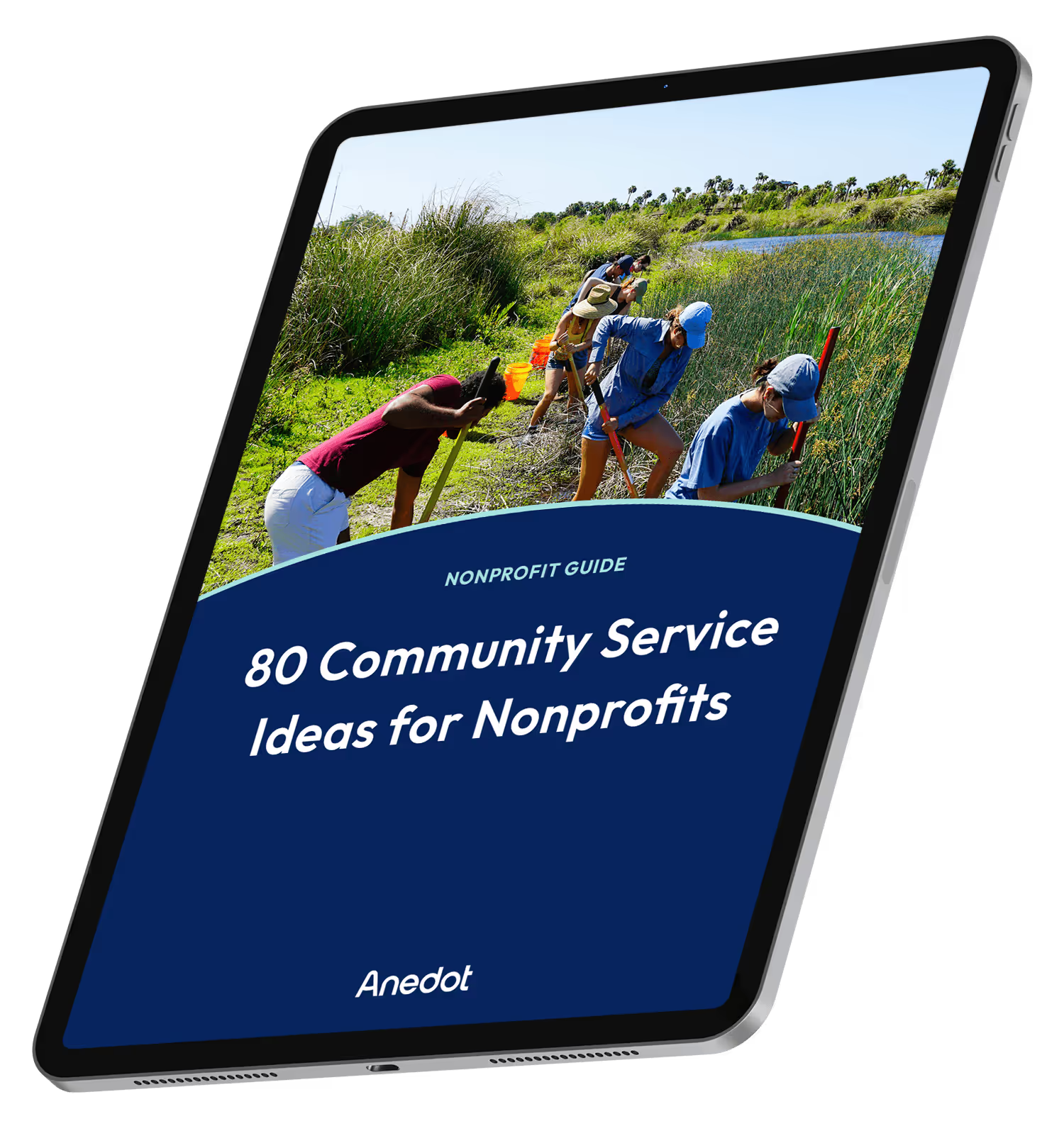
80 Community Service Ideas for Nonprofits

